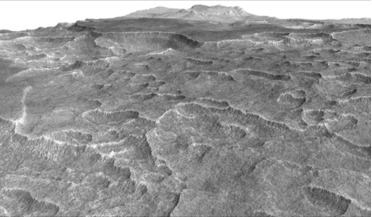 23 November 2016
Massive ice deposits found under the surface of Mars
23 November 2016
Massive ice deposits found under the surface of Mars
Researchers using NASA's Mars Reconnaissance Orbiter have determined that water ice, which makes up half or more of an underground layer in a large region of Mars, holds about as much water as what's in Lake Superior, largest of the Great Lakes in ...
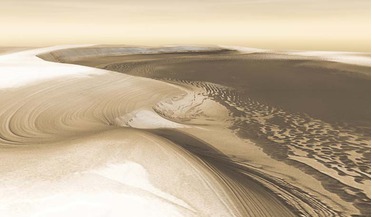 27 May 2016
Scientists reveal Mars is emerging from an ice age
27 May 2016
Scientists reveal Mars is emerging from an ice age
...NASA's Mars Reconnaissance Orbiter (MRO), reveal that the mostly dry, dusty planet is emerging from an ice age, that ended about 400,000 years ago. Models have suggested that Mars...retreat and regrowth of polar ice on Mars is due to the increased tilt ...
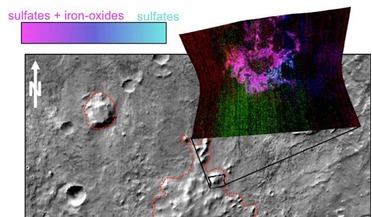 04 May 2016
Martian minerals point to subglacial volcanoes
04 May 2016
Martian minerals point to subglacial volcanoes
New evidence from NASA's Mars Reconnaissance Orbiter suggests that billions of years ago, volcanoes erupted beneath an ice sheet on Mars, far from any ice sheet on the Red Planet today. These findings not only help show ...
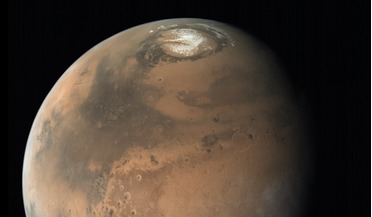 27 May 2019
Third largest water reservoir on Mars found
27 May 2019
Third largest water reservoir on Mars found
... layers of ice and sand in an area where they are exposed on the surface of Mars. The photograph, taken with the HiRISE camera aboard NASA's Mars Reconnaissance Orbiter, was adjusted to show water ice as light-colored layers and sand as darker...
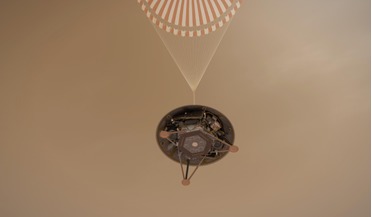 26 November 2018
Success for InSight as it performs a flawless landing on Mars
26 November 2018
Success for InSight as it performs a flawless landing on Mars
... for months beforehand to pre-program every stage of InSight's landing, making adjustments based on weather reports from NASA's Mars Reconnaissance Orbiter flying overhead. InSight’s EDL phase was watched by a whole host of eyes and ears around the...
 14 May 2021
China is about to land its Zhurong rover on Mars
14 May 2021
China is about to land its Zhurong rover on Mars
... subsurface ice or permafrost. Past studies by scientists using SHARAD, which stands for SHAllow RADar, onboard NASA’s Mars Reconnaissance Orbiter, have suggested that a volume of water ice around 1.2 times the volume of Lake Superior in the US could...